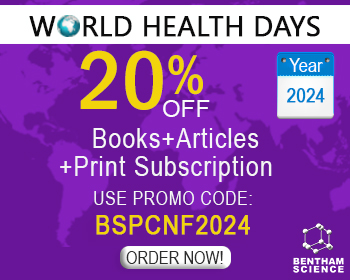Abstract
Human cytochrome P450 1A2 (CYP1A2) is one of the major CYPs in the liver (%) and metabolizes about 20% of clinically used drugs. CYP1A2 is a 515-residue protein with a molecular mass of 58,294 Dal. The recently published crystal structure of CYP1A2 in complex with α-naphthoflavone has showed a rather compact active site with a relatively small volume of the cavity of 375 Å3, which is 44.2% and 49.3% larger than that of CYP2A6 (260 Å3) and CYP2E1 (190 Å3), respectively. A series of residues in the substrate recognition regions of CYP1A2 (e.g. Arg108, Thr124, Thr223, Glu225, Phe226, Lys250, Arg251, Lys253, Asn312, Asp313, Glu318, Thr319, Asp320, Thr321, Val322, Leu382, Thr385, and Ile386) have been shown to play important roles in ligand-enzyme binding based on site-directed mutagenesis and homology modeling studies. Typical CYP1A2 substrates generally contain planar ring that can fit the narrow and planar active site of the enzyme, such as propranolol, clozapine, guanabenz, flutamide, imatinib, thalidomide, carbamazepine, lidocaine, theophylline, tacrine, tizanidine, zolpidem, riluzole, zileuton, and leflunomide. CYP1A2 is one of the major enzymes that bioactivate a number of procarcinogens including polycyclic aromatic hydrocarbons (e.g., benzo[a]pyrene), heterocyclic aromatic amines/amides (e.g. 2-amino-1-methyl-6-phenylimidazo[4,5-b]pyridine), mycotoxins (e.g. aflatoxin B1) and some natural compounds such as aristolochic acids present in several Chinese herbal medicines. This enzyme also metabolizes several important endogenous compounds including retinols, melatonin, steroids, uroporphyrinogen and arachidonic acids. Like many of other CYPs, CYP1A2 is subject to induction and inhibition by a number of compounds. In particular, several therapeutic drugs including antofloxacin, carbamazepine, dihydralazine, furafylline, isoniazid, rofecoxib, clorgyline, thiabendazole, and zileuton are mechanism-based inhibitors of CYP1A2. Reversible and irreversible inhibition of by drugs CYP1A2 may provide an explanation for some clinical drug-drug interactions. Similar to CYP1A1 and 1B1, CYP1A2 is primarily regulated by the aromatic hydrocarbon receptor (AhR), a ligand-activated transcription factor and a basic helix-loop-helix protein belonging to the Per-Arnt-Sim family of transcription factors. CYP1A2 is polymorphic and a number of genetic mutations in CYP1A2 have been reported. It has been suggested that approximately 35 to 75% of the interindividual variability in CYP1A2 activity is due to genetic factors. Some of the mutations of CYP1A2 have been found to alter the clearance of drugs that are extensively metabolized by CYP1A2. Collectively, CYP1A2 plays a major role in drug metabolism, procarcinogen activation and some drug-drug interactions; it is important to identify whether a new drug is a substrate, inducer or inhibitor in drug development. This candidate selection might eventually lead to a less prominent role of this enzyme in the future for drug metabolism and minimize the potential for significant polymorphic metabolism in humans and drug-drug interactions when used in combination with CYP1A2 inhibitors.
Keywords: CYP1A2, substrate, inducer, aromatic hydrocarbon receptor, inhibitor

























